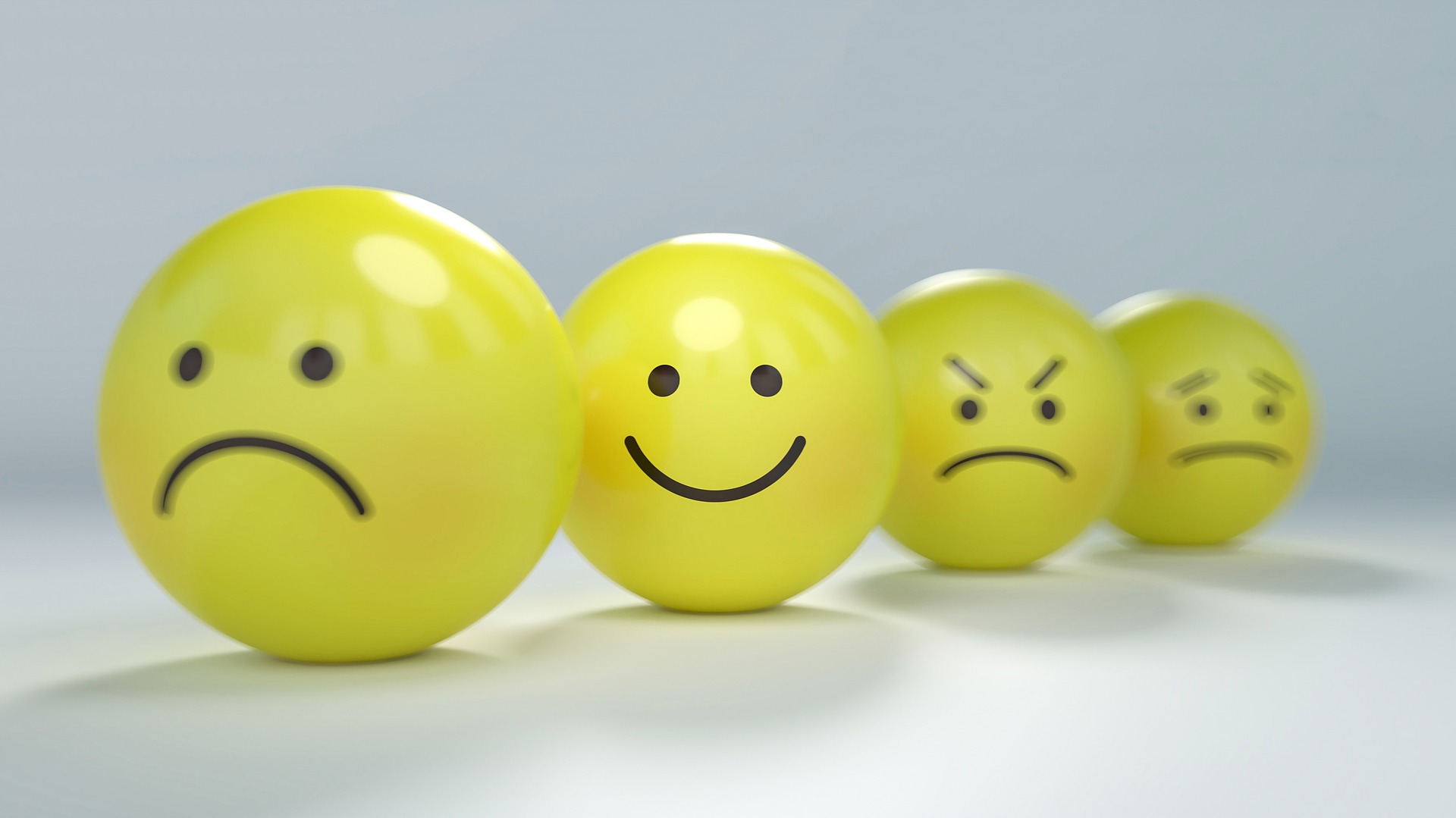Positivity is powerful, but it isn’t always the best way to help others, writes Sarah Schuster in Good Magazine. Her observations come in response to a “Toxic Positivity” graphic that has picked up steam on a number of popular social media platforms.
The graphic was created by Whitney Hawkins Goodman, LMFT, owner of The Collaborative Counseling Center, who posted it on the Instagram account @sitwithwhit. The graphic seeks to explain “Toxic Positivity”, which includes phrases such as “You’ll get over it” and “Never give up”.
The graphic seeks to illustrate the subtle difference between supporting someone with validation and hope, versus trying to support them with “toxic positivity”.
When people are seeking help and support, writes Schuster, they’re usually looking for validation that their negative feelings are okay, rather than “inspirational poster positivity”. It’s the difference between “Just be happy!” and “This is hard… I believe in you.”
Moreover, toxic positivity can make people feel unsafe expressing their negativity, she says, and negativity thrives in isolation. “It can make people think there’s something wrong with them for not simply “choosing” happiness, and shame is negativity’s enabling best friend.”
Read the full article and check out the Toxic Positivity chart here>>
Image sourced from Pixabay








Leave A Comment